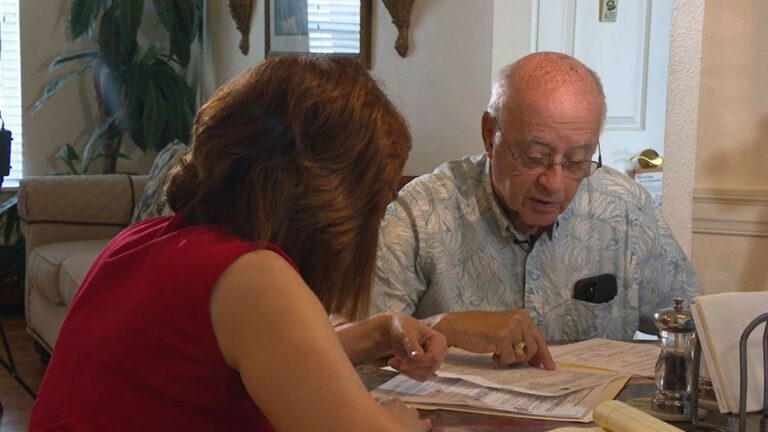Homeowners Face Tough Choices as Premiums Climb
Across the United States, rising home insurance premiums and policy non-renewals are forcing a growing number of homeowners to make a difficult decision: drop their coverage. While risky, some feel they have little choice.
Larry Bendik made the tough decision to cancel his homeowners’ insurance.
The Calculated Risk
Larry Bendik, a Florida homeowner, decided to take the risk of canceling his home insurance. Two and a half years ago, his premium increased by $1,200 in a single year.
“All of a sudden, things have gotten out of control,” Bendik said, referring to the skyrocketing premiums in Florida and other parts of the country. He and his wife Mona, retirees from Maryland, have lived in their Tampa-area home for nearly 30 years. Having paid off their mortgage, they were able to cancel their coverage.
Bendik describes his decision as a calculated risk because his home is located inland, not on the coast, and he has a high deductible. “Even if something happened, I would still get stuck with a big bill anyway,” he said. “It didn’t make sense to pay that premium and get very little in return.”
A “Broken” Market
A 2023 survey by the Insurance Information Institute revealed that 12% of homeowners lacked home insurance—more than double the 5% in 2019. “It’s a big, big spike. This is a crisis,” said Michael DeLong, an analyst with the Consumer Federation of America (CFA).
DeLong believes that the dramatic increases in premiums and policy non-renewals are causing a record number of people to drop their home insurance. “It’s kind of understandable that some people would look at this and be like, I need to drop my insurance. I just can’t afford it. But it’s still a very bad idea. You’re putting yourself at extreme risk,” DeLong cautioned. “You are completely on the hook for repairing or rebuilding your home if it gets damaged or destroyed.”
Impact on Vulnerable Communities
A 2024 CFA report found that homeowners earning under $50,000 a year are twice as likely to lack home insurance compared to the general homeowner population. Certain demographics are also disproportionately at risk, including:
- 22% of Native American homeowners
- 14% of Hispanic homeowners
- 11% of Black homeowners
“The people who often needed protection the most, because they were least able to recover from disasters, they often were the people who didn’t have it,” DeLong said.
Lessons from Wildfires
Following the California wildfires, many residents are experiencing the consequences of not having home insurance firsthand. Several major insurance companies withdrew from the area two years ago due to wildfire risk, leaving many struggling to find coverage.
A recent LendingTree study indicated that nearly one in ten Los Angeles homes lacked insurance, forcing many to pay out-of-pocket and seek federal and state assistance for rebuilding.
Seeking Savings
When Bendik canceled his policy in Florida in 2022, his premium was already close to $6,000 annually, and rates have continued rising. Despite the risks, Bendik remains willing to take it, unless rates come down. “I still continue saving every year. At the rate of the premium, (with) a couple of year’s savings, if I needed to, I could pay for a new roof,” he said.
The Tampa Bay area has weathered two hurricanes since the Bendiks canceled their coverage, and thankfully, their home has not been damaged.
To save money, the Insurance Information Institute suggests shopping around for coverage and seeing if you qualify for discounts. Some common discounts include:
- Bundling home and auto insurance.
- Risk mitigation, such as getting a new roof or clearing brush from around your home.
- Discounts for seniors, veterans, and new construction.
It is also extremely important to speak with your insurance agent and ask about additional options for saving money.


